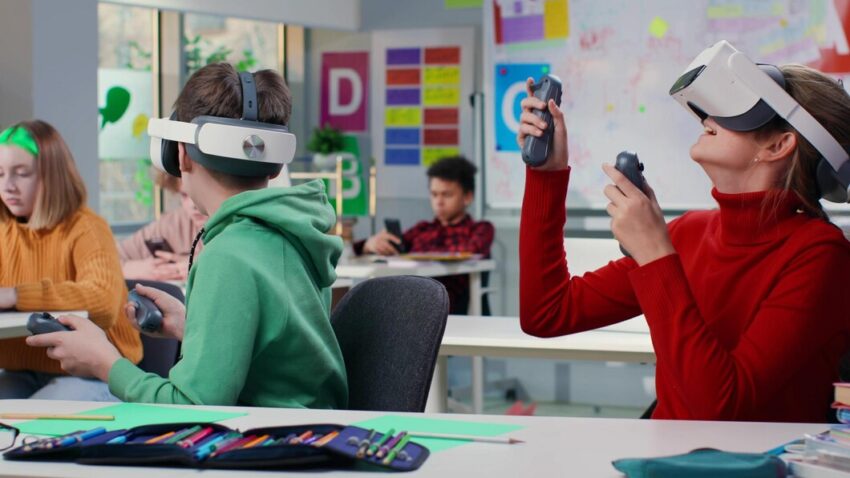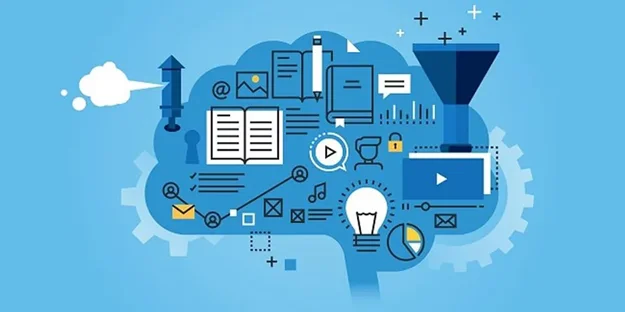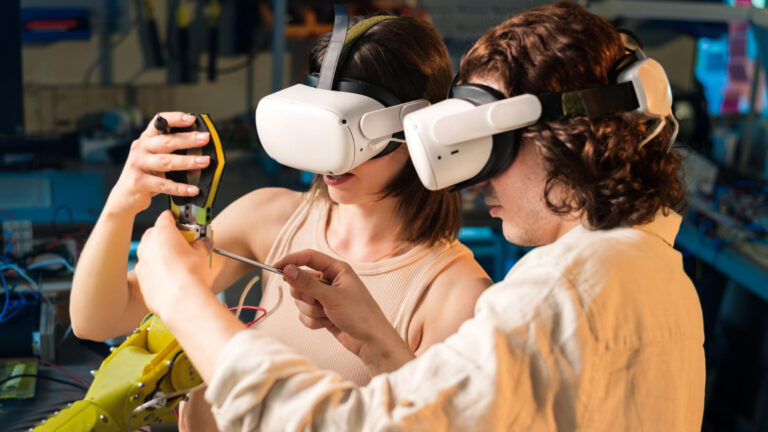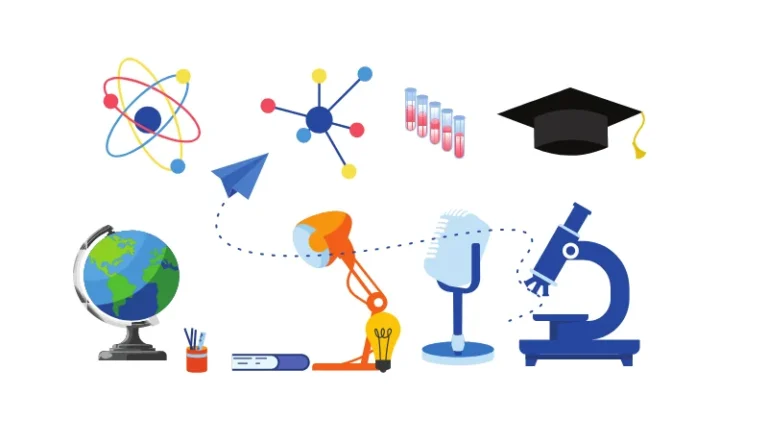In the rapidly evolving landscape of education, the integration of STEM has become imperative to prepare students for the challenges of the 21st century. With the advent of virtual education, the traditional boundaries of the classroom have expanded, presenting both opportunities and challenges. As advancements in technology continue to reshape educational practices, virtual classrooms have emerged as a transformative force. The global shift towards online learning has necessitated innovative approaches to engage students in a digital environment.
In an era dominated by technological advancements, STEM education plays a pivotal role in fostering critical thinking, problem-solving, and creativity. This case study explores the impact of integrating STEM games into virtual classrooms to enhance student engagement and learning outcomes. The study focuses on a specific group of students and educators in a virtual learning environment, examining the effectiveness of incorporating interactive STEM games to supplement traditional teaching methods. Case studies can be used to help students understand simple and complex issues.
Case studies can be simple problems where students work out a solution to more complex scenarios that require role-playing and elaborate planning. Recognizing the need for innovative solutions, educators are turning to gamification as a pedagogical tool to address the challenges of virtual STEM education.
Background of Virtual Education
Virtual education, also known as online education or e-learning, refers to the use of digital technology to deliver educational content and facilitate learning experiences. The background of virtual education can be traced back to the early development of computer-based training in the 1960s and 1970s. However, it gained significant momentum with the widespread availability of the Internet in the late 20th century and the advancement of digital technologies.

Key milestones in the background of virtual education include:
- Learning management system: LMS is the software application for the administration, documentation, tracking, reporting automation, and delivery of educational courses, training programs, materials, or learning development programs. Learning management systems were designed to identify training and learning gaps, using analytical data reporting.
- COVID-19 Pandemic: The global COVID-19 pandemic, starting in 2019, accelerated the adoption of virtual education. With physical schools and universities closing temporarily, there was a sudden and widespread shift to online learning. This experience highlighted both the opportunities and challenges of virtual education.
- Hybrid and Blended Learning Models: The distinction between traditional and virtual education has become increasingly blurred, with many institutions adopting hybrid or blended learning models. These models combine in-person and online components to provide a more flexible and personalized learning experience. Blended learning is an approach to learning that incorporates two main learning dimensions into its style: face-to-face or physical classroom learning and online learning.
Hybrid learning provides a balance between online and offline learning by catering to the needs of those who can’t physically attend a designated training space. On the other hand, blended learning combines traditional and online learning models to complement the overall learning experience.
Educator Training on STEM Game Integration
STEM game integration in education! In a fast-paced world where technology and innovation are the driving forces, the need for dynamic educational approaches has never been more crucial. Today, we start a journey to explore the transformative power of integrating games into STEM education. Integrating STEM games into education can be a rewarding and effective way to engage students in these subjects. Here’s a guide for educator training on STEM game integration:
It is important to understand what game-based learning is and how it relates to STEM education. Game-based learning is an interactive method that allows children to learn while having fun. Games help children develop problem-solving and creativity skills. Exciting and thrilling tasks encourage them to use their mental abilities and come up with different solutions. This, in turn, helps them cope with challenges they may encounter in real life.
Implementation of STEM Games in Virtual Classrooms
Implementing STEM games in virtual classrooms can be a creative and effective way to engage students in learning. Encourage collaboration by choosing games that require teamwork. Platforms that allow real-time collaboration can enhance the virtual classroom experience. Select games that align with your curriculum and learning objectives. Consider educational platforms and game-based learning tools designed for virtual classrooms. Monitor student engagement during STEM games. Supervise to ensure that the learning objectives are being met and the virtual environment is conducive to learning.

Contribution to Virtual STEM Education
Contributing to virtual STEM education is a valuable and impactful way to support the learning needs of students, especially in the context of an increasingly digital world. STEM learning also promotes critical thinking, curiosity, persistence, decision-making, leadership, entrepreneurship, acceptance of failure, and more. Stay informed about the latest developments in STEM fields and share relevant industry insights with students. Discuss real-world applications of STEM concepts to inspire and connect theoretical knowledge to practical uses.
Complex problems often require creative solutions. Because of this, students learn to analyze questions both critically and creatively. Open-ended, STEM-focused activities cultivate creativity by motivating students to use their imagination and resources to interpret the situation. Offer your expertise in virtual career fairs to help students understand career paths in STEM fields. Share your experiences and insights to guide them in making informed decisions. Organize or support online STEM challenges and competitions. This encourages students to apply their knowledge in creative ways and fosters a sense of healthy competition.
Conclusion
The integration of STEM games in virtual classrooms positively impacts student engagement and learning outcomes. While challenges exist, the overall benefits suggest that educators should consider incorporating gamification strategies in STEM education. This case study provides valuable insights for educators, policymakers, and developers aiming to enhance STEM education through virtual classrooms and gamified learning experiences.






